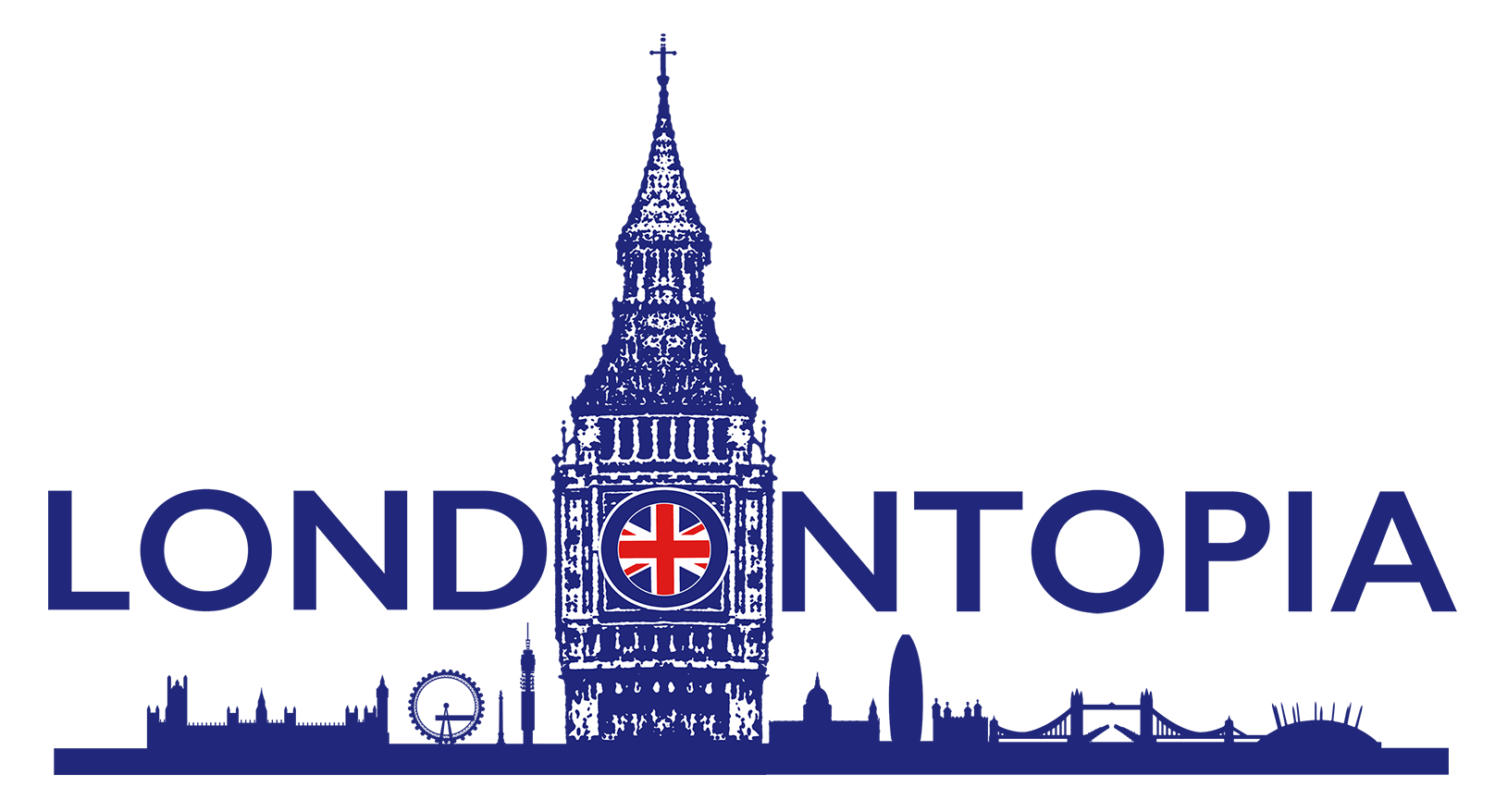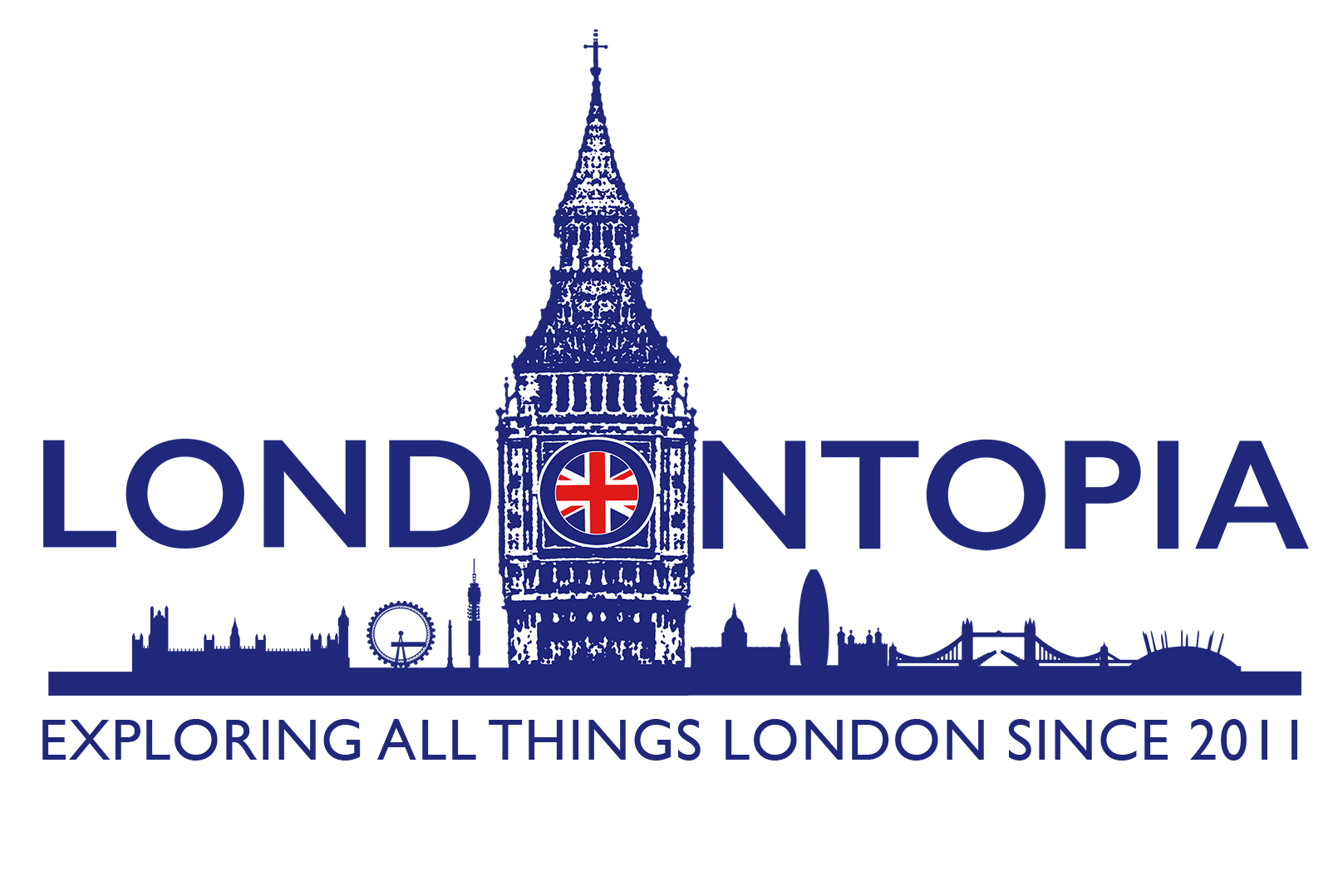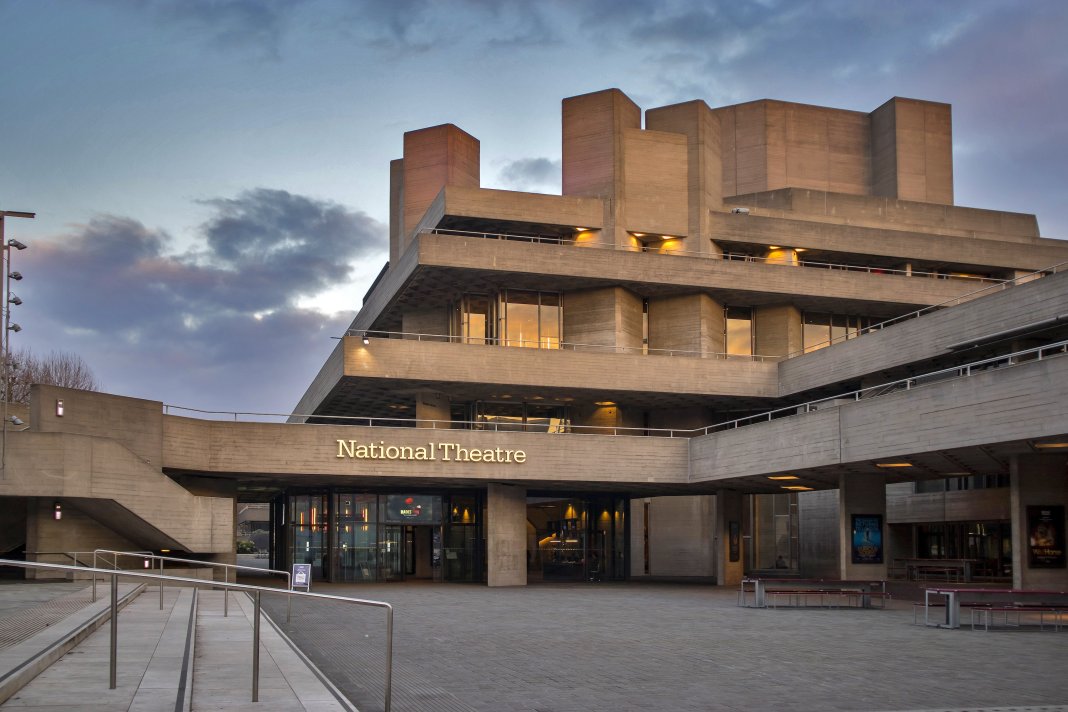The National Theatre, situated prominently on London’s South Bank, stands as one of Britain’s most significant examples of Brutalist architecture. Designed by architects Sir Denys Lasdun and Peter Softley, the building opened in 1976 after more than a decade of planning and construction, marking a pivotal moment in British architectural and cultural history.
The building’s origins trace back to the post-war period when the idea of a permanent home for Britain’s national theater company gained momentum. After several proposed locations, including a site near the British Museum, the South Bank was chosen in 1967. This location, part of the larger South Bank arts complex that included the Royal Festival Hall, represented a bold commitment to establishing a cultural center south of the Thames.
Lasdun’s architectural vision for the National Theatre was revolutionary. Rather than creating a traditional theater building, he conceived of it as a landscape of concrete forms that would interact with the riverside setting. The building is composed of horizontal strata and vertical towers, creating what Lasdun called “strata and geometries” that echo the layered nature of theater itself.
The complex houses three theaters of different sizes and configurations. The Olivier Theatre, the largest, was inspired by the ancient Greek theater at Epidaurus and features a fan-shaped auditorium with 1,160 seats. The Lyttelton Theatre provides a more traditional proscenium arch setting with 890 seats. The smallest space, originally the Cottesloe and now renamed the Dorfman Theatre after a major renovation, offers a flexible studio space seating up to 400.
The building’s distinctive exterior is characterized by its board-marked concrete surfaces, created by casting concrete against rough wooden boards. This technique gives the building its distinctive texture and creates subtle variations in the surface that change with the light throughout the day. The use of concrete wasn’t merely aesthetic – it was chosen for its acoustic properties and durability, as well as its ability to be molded into complex forms.
One of the building’s most striking features is its system of external walkways and terraces, which Lasdun called “fourth theatres.” These public spaces were designed to be as important as the formal performance areas, creating gathering places where the public could interact with the building and each other. The terraces offer dramatic views of the Thames and the city, integrating the building into its riverside setting.
The interior spaces are equally thoughtfully designed. The foyers are arranged in a cascade of levels, connected by sculptural staircases that create a sense of journey and discovery. These public spaces were revolutionary for their time, designed to be accessible to all rather than just ticket holders, embodying the democratic ideals of public art.
The National Theatre underwent a significant renovation between 2007 and 2015 under the project name “NT Future.” This £80 million refurbishment, led by Haworth Tompkins architects, carefully balanced the need to modernize facilities while respecting Lasdun’s original vision. The project included the creation of new production facilities, the renovation of the Cottesloe (now Dorfman) Theatre, and improvements to public spaces and environmental performance.
A controversial aspect of the building’s history has been its reception by the public. Like many Brutalist buildings, it initially divided opinion, with Prince Charles famously describing it as “a clever way of building a nuclear power station in the middle of London without anyone objecting.” However, over time, appreciation for the building’s architectural merits has grown, and it was granted Grade II* listed status in 1994.
The building’s environmental performance has been significantly improved over the years. The NT Future project included the installation of a Combined Heat and Power plant, solar panels, and improved insulation. These improvements have reduced the building’s carbon footprint while maintaining its architectural integrity.
Today, the National Theatre stands as one of London’s most important cultural landmarks. Its unique architecture continues to influence contemporary design, particularly in its approach to public space and the integration of cultural buildings into urban settings. The building demonstrates how bold, uncompromising architecture can create spaces that serve both artistic excellence and public engagement.
The National Theatre embodies the optimistic spirit of post-war British architecture while continuing to serve its original purpose as a world-class performing arts venue. Its success lies not just in its striking appearance but in how well it functions as a working theater, public space, and cultural landmark, proving that radical architectural visions can create enduring and beloved public buildings.
A Little Bit of London In Your Inbox Weekly. Sign-up for our free weekly London newsletter. Sent every Friday with the latest news from London!




